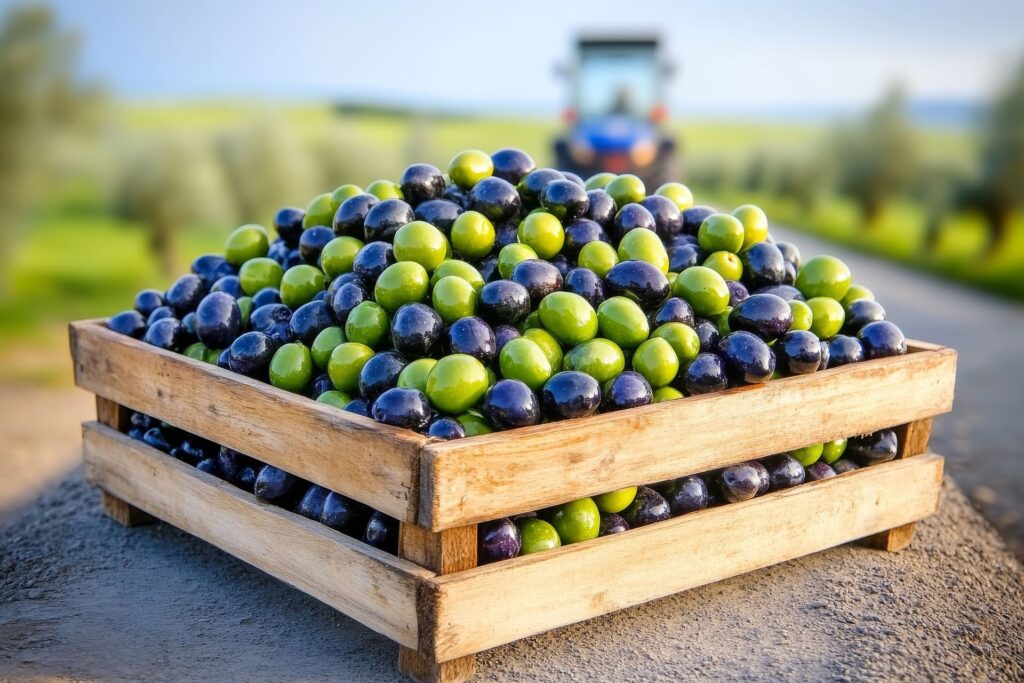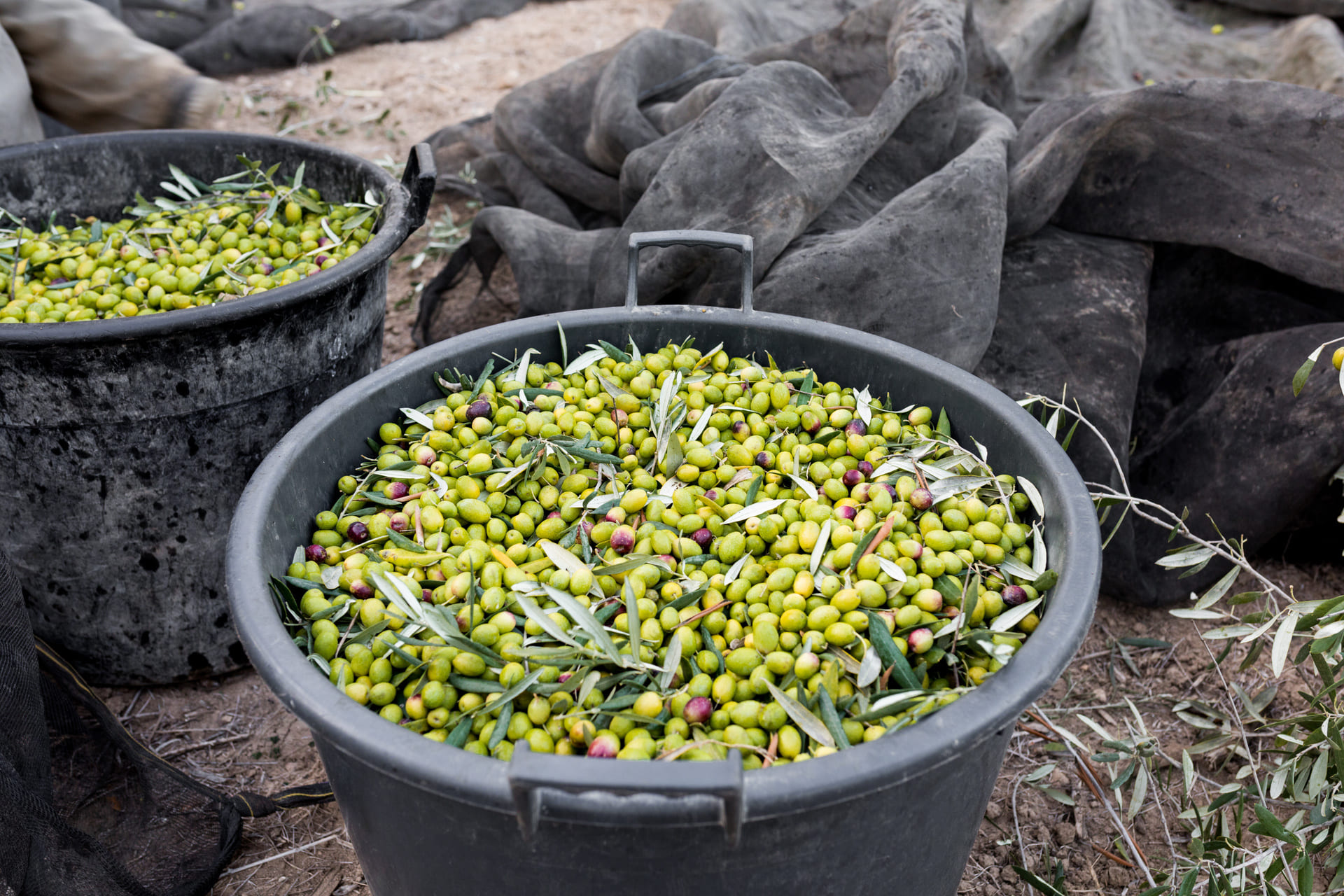Olive oil, considered a liquid treasure in many cultures, is the result of a careful process that begins in the olive trees and ends in the mills. Here is one of the most frequently asked questions among consumers: how many kilos of olives are needed to produce one liter of oil?
How many kilos of olives are needed to produce one liter of oil?
Olive yield is a key variable that depends on several factors, such as olive variety, harvest time, climatic conditions and the extraction process. However, we can state that, as a general rule, between 4 and 5 kilograms of olives are needed to produce one liter of extra virgin olive oil.
It is also important to consider the following aspects:
- The olive variety: some varieties, such as Picual, tend to have a higher oleic yield, while others, such as Arbequina, although producing a smoother oil, may have a slightly lower yield.
- The time of harvest: riper olives tend to contain more oil, but a balance between ripeness and freshness is crucial to obtain a superior quality oil.
- The extraction process: modern cold extraction techniques, such as those used at LA Almazara, are designed to maximize the quality of the oil, even if this sometimes means sacrificing a small part of the yield.
Each liter of oil produced is, therefore, the result of a careful combination of nature itself and the experience of those of us who produce this precious product.

Approximately how many kilos of olives does one olive tree yield?
Olive production per tree can also vary considerably depending on factors such as the variety of olive tree, its age, climatic conditions and agricultural care. On average, an olive tree can produce between 20 and 50 kilos of olives per year. However, this number can increase or decrease depending on the following factors:
- The variety of the olive tree: as mentioned above, a Hojiblanca or Picual olive tree can have higher yields than an Arbequina variety, especially under optimal conditions.
- The age of the olive tree: young olive trees (less than 10 years old) tend to produce fewer olives, while mature olive trees (between 20 and 50 years old) reach their peak productivity. Centennial olive trees, although iconic and producing high quality fruit, tend to have lower yields due to their age.
- Agricultural management: pruning, irrigation and pest control are essential to ensure optimal yields. Well cared for olive trees can easily exceed 50 kilos of olives per tree in good crop years.
If we take an average yield of 5 kilos of olives for one liter of oil, we can estimate that a single olive tree can produce between 4 and 10 liters of oil per year. However, it is important to remember that olive trees are “alternate production” trees; meaning that they can have a year of abundant harvest followed by a year of lower yield.
At LA Almazara, we value every step of the process, from the selection of the best olives to their cold extraction, ensuring that each liter of oil retains its properties and health benefits. The production of olive oil is much more than a production process, it is an expression of tradition, knowledge and respect for the land. From the kilos of olives needed to produce a liter of oil to the yield of each olive tree, every detail counts in the production of this exceptional product.
Discover our products in our online oil store.
